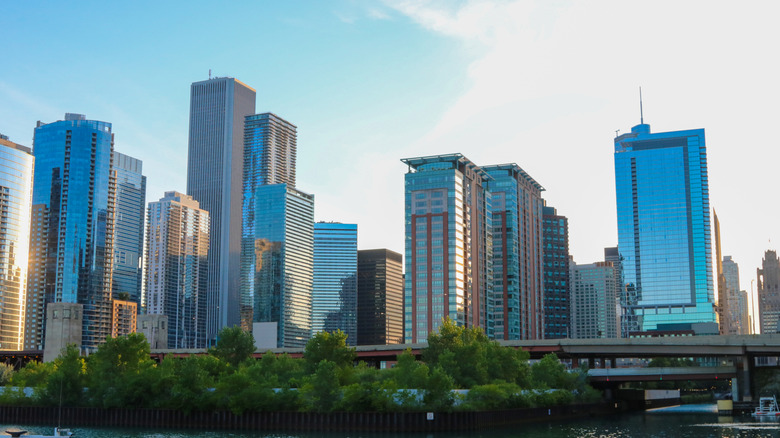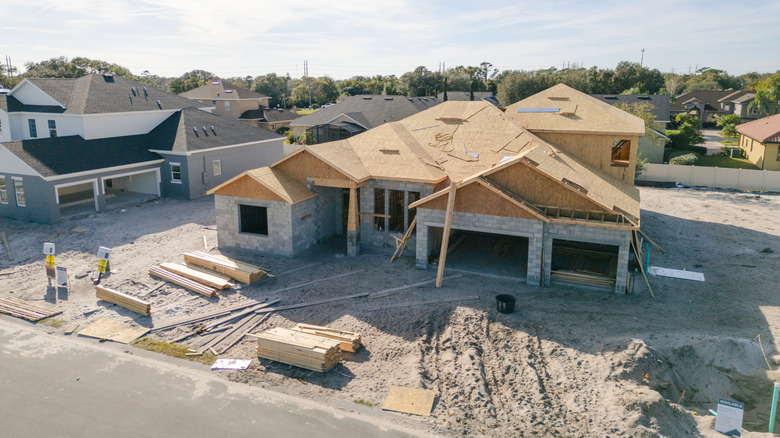The Real Reason Homeownership In Illinois Is So Unaffordable
The American dream has long been highly contingent on homeownership, but since 2020, the rate of people owning homes in the country has gone down. This trend is in part due to rising state property taxes, with states like Illinois seeing some of the highest leaps. Today, the Land of Lincoln has the highest state property taxes. This is combined with an increasingly expensive housing market, which is pricing out many young people in the state. The reason for these tax hikes is surprising, as they differ from national trends, showing a potential issue at the state level.
What makes the state's housing market unique is the fact that the property tax in Illinois is rising twice as fast as the average home value. This is ultimately making houses harder to keep as the cost of owning a home in the state outpaces family income, making selling one of the only options. This is a stark difference from cities like Birmingham, Alabama, where, while home prices are skyrocketing, state taxes are staying modest.
Pension responsibilities and demand hurt Illinois market
To understand the current condition of Illinois' state tax, it is important to get an idea of what is driving its astronomical rise. According to a 2025 Illinois Policy report, the main driver behind the increased state taxes is an aging population, resulting in a higher state pension responsibility. Before the Revenue Act of 1978, a majority of retirement savings for workers came from state pension funds paying out following retirement. This system has effectively been replaced by 401K plans, but some newly retired Illinois residents are still entitled to pension funds. Consequently, the state has raised property taxes by 232% since 1996 to come up with the funds needed to cover pensions.
Home prices in the state's highest metro areas have also jumped 48% since 2018, according to Zillow's Home Value Index. Particularly, formerly affordable areas like Sauk Village, Illinois, were affected by this value greatly, with an astonishing 162.1% rise in average home cost. The number of new homes emerging onto the market has also plummeted, with the state having 42% fewer homes on the market than it did in 2020. Ultimately, the state is not building new homes at a rapid enough rate to meet demand, as the number of homes sold in the state continues to trail the national average.

